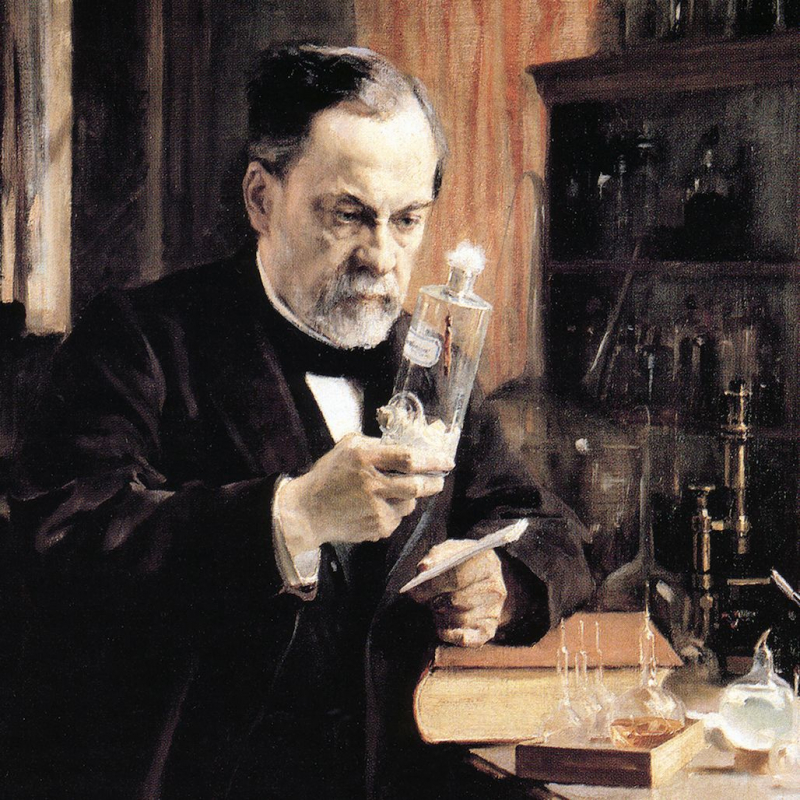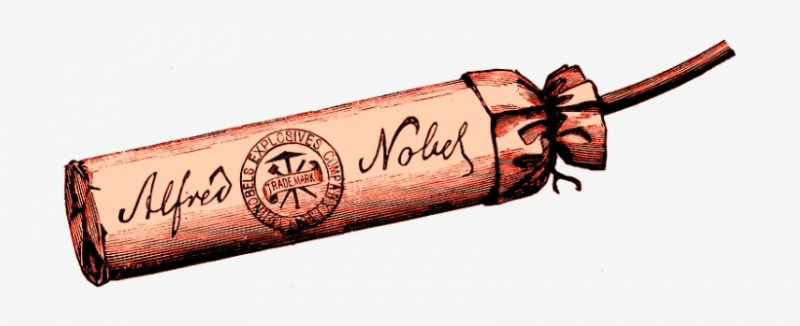Alfred Nobel is the inventor of dynamite
However, nitroglycerin itself remained hazardous to handle and difficult to carry. It was so deadly that a fire at Nobel's nitroglycerin factory in 1864 resulted in the deaths of Emil, Nobel's younger brother, and numerous other individuals. Nobel was unfazed by this fatal tragedy and constructed several plants to produce nitroglycerin for use with his blasting caps. Although these factories were as safe as the technology of the day permitted, accidents involving explosions nonetheless happened from time to time.
In 1867, Alfred Nobel developed dynamite in Geesthacht, Germany, and obtained a patent for it. By chance, he discovered that kieselguhr, porous siliceous earth, absorbed nitroglycerin to dryness, and the resulting mixture was considerably safer to use and easier to handle than nitroglycerin alone. Nobel gave his new creation the name "dynamite" (from the Greek dynamis, "power") and received patents for it in both the United States and Great Britain in 1867. (1868). Dynamite launched Nobel's international prominence and was rapidly used to blow tunnels, carve canals, and construct roads and railways. Nobel established a network of dynamite plants around Europe in the 1870s and 1880s. He also created a web of organizations to make and sell his explosives.










